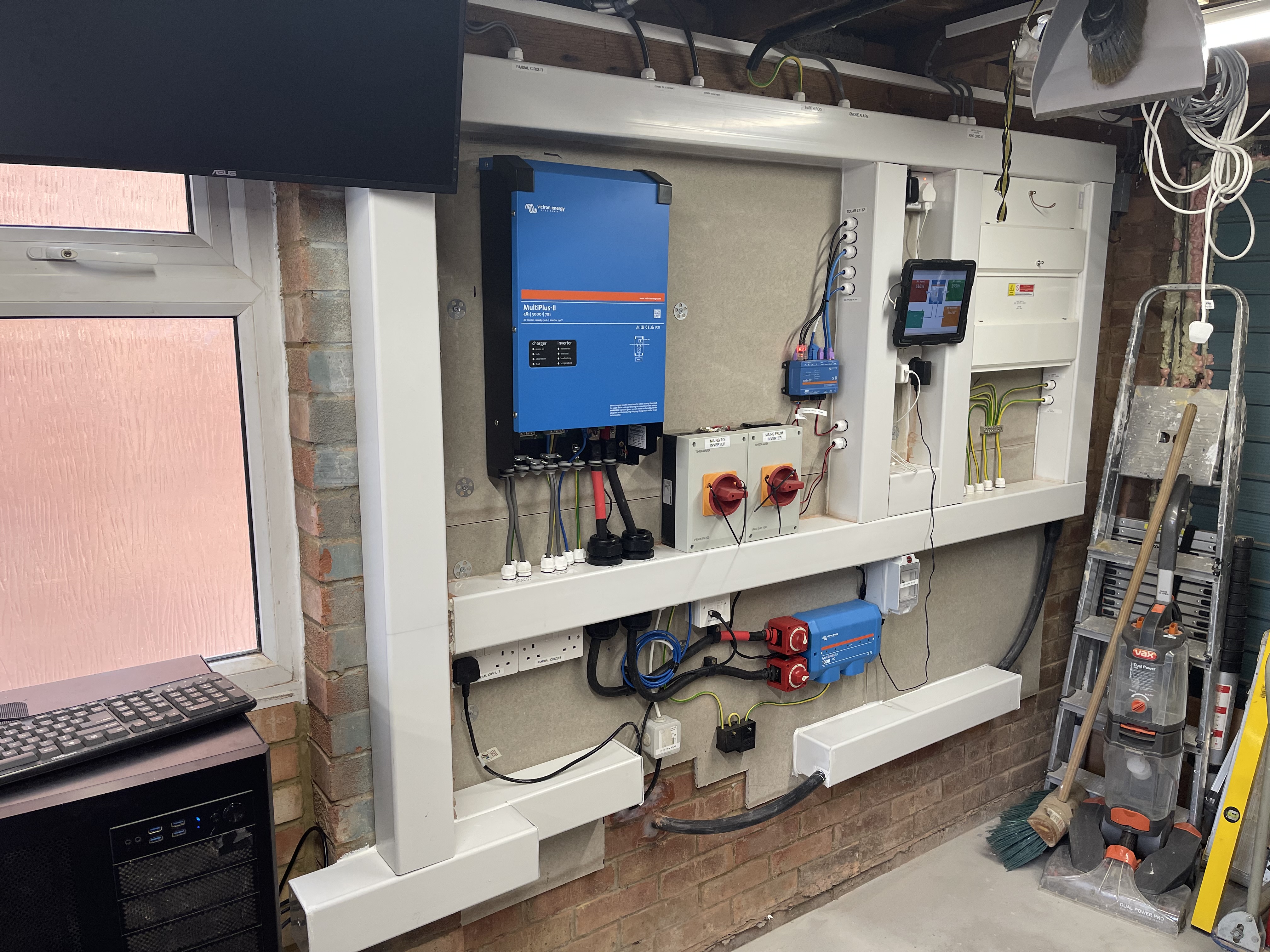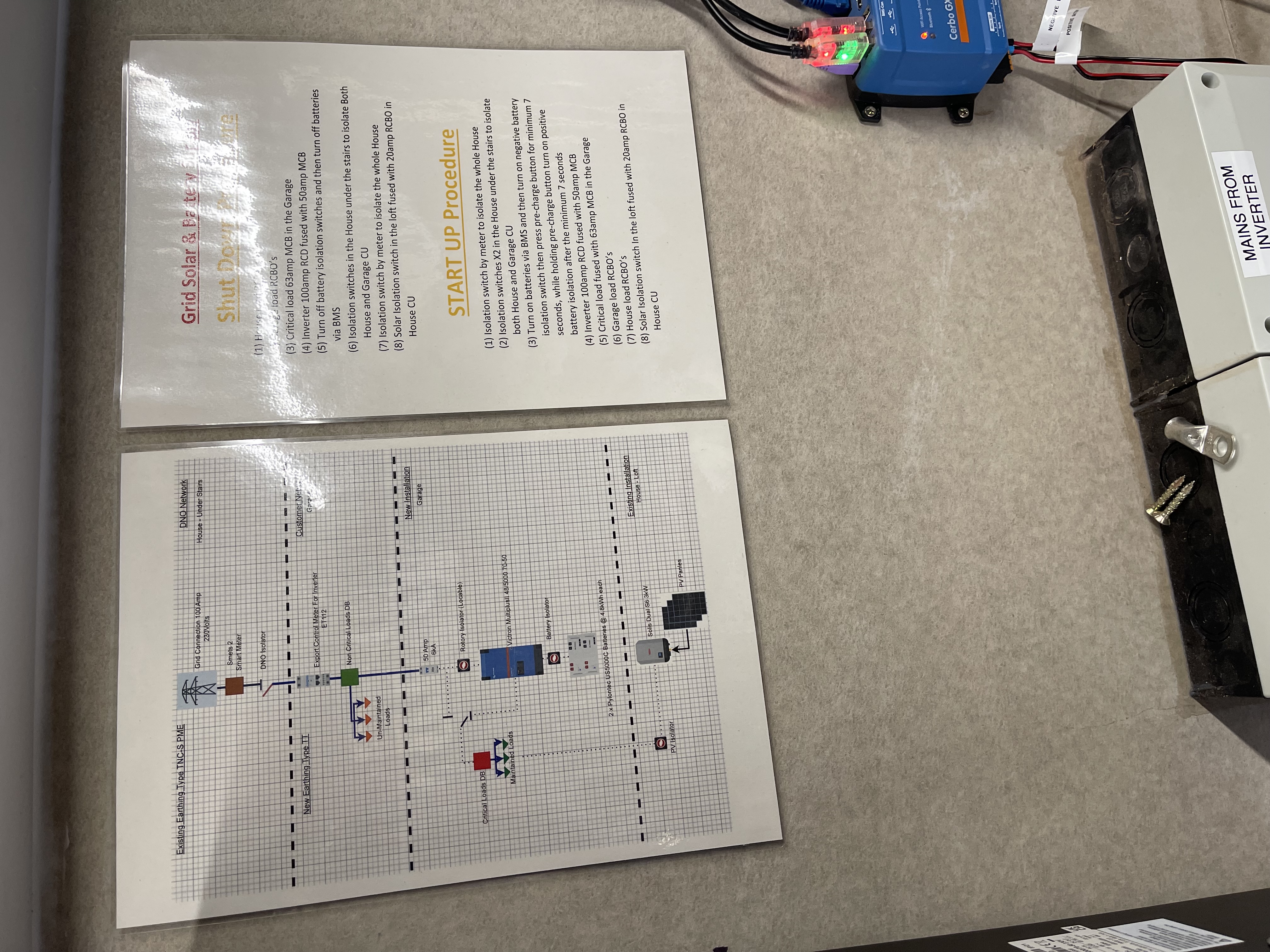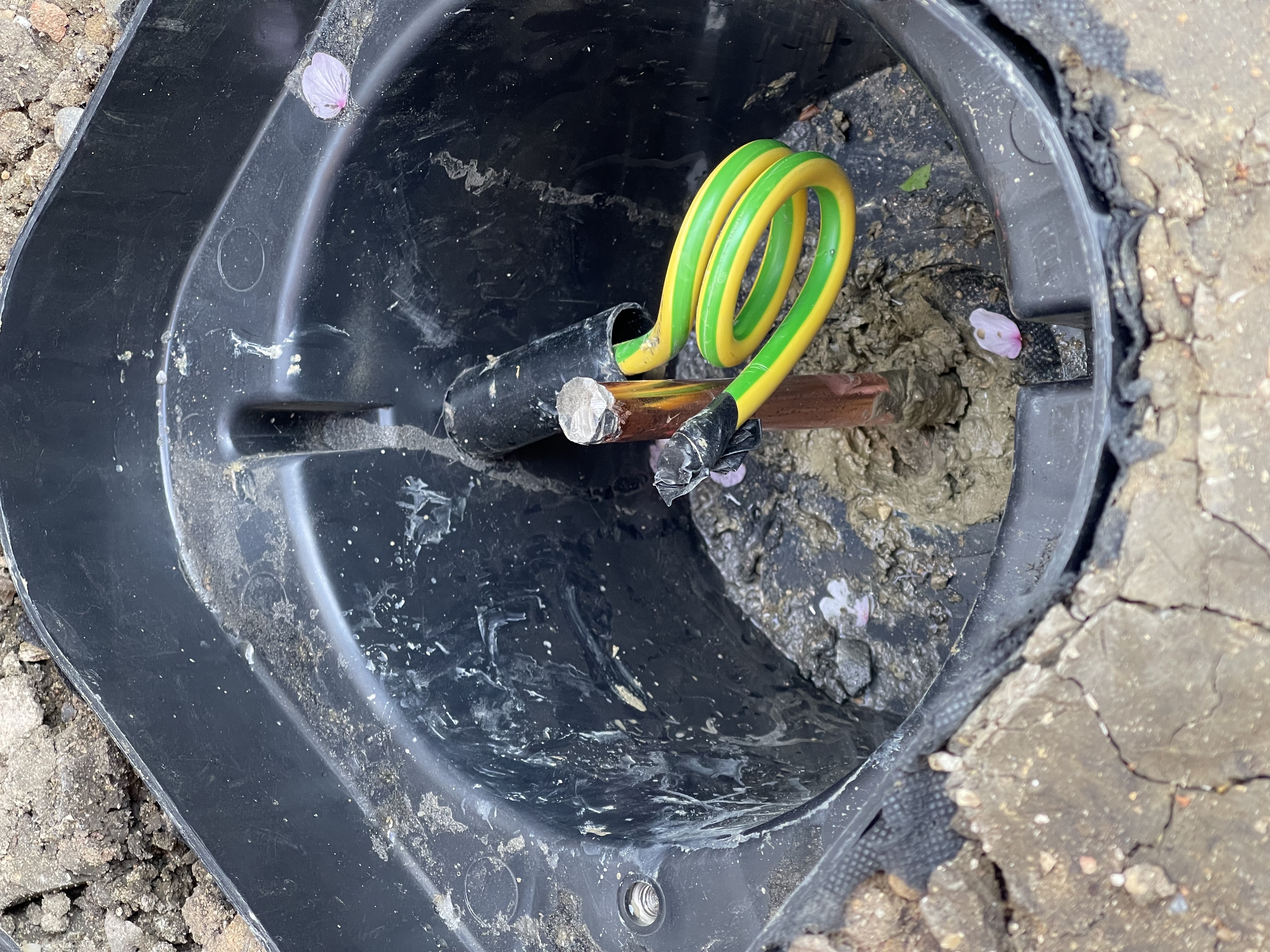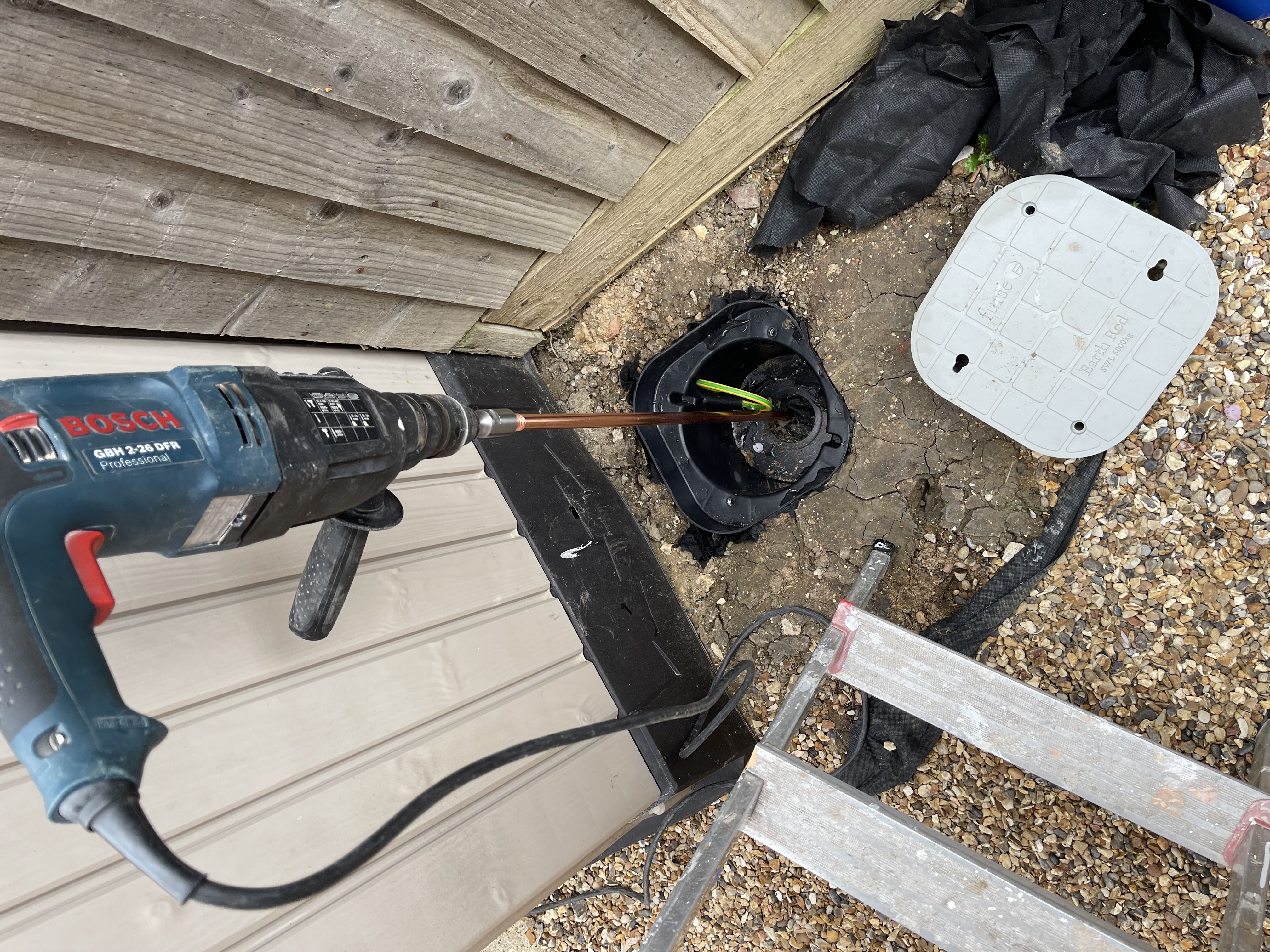I am looking to change my LUX ACS 3600/5kw growatt to victron but so far have been told two different things. I have a G98 allowing 5.8kw. I have28kw of pylontechs and wanted to be offgrid as much as I could but charge from it when needed. Have 6kw panels.
I want to divert excess electricity to heating/water (maybe ASHP) but am told it is not permitted to be offgrid in my scenario unless i use a genertor, as the electric can go both ways to and from the grid even though i dont want to sell the energy. Already 2/3 of my PV is going to the grid, partly due to the inflexible Lux which does not allow me to charge discharge batteries when needed - only at specific times which cannot overlap.
I dont understand other than perhaps utilities do not want self sufficiency, why this is, can anyone explain?
Also a quote for an "offgrid system" with a dual switch over consumer unit with 10k MultiPlus 48/10000/70-50 230V Battery Charger Inverter, rs450/100 mppt, with fitting and cabling, most of which is there as are battery disconnects.
Does £7,5k fitted sound a little high to replace the inverter and charge controller?





